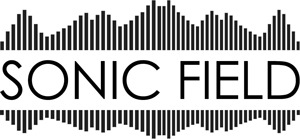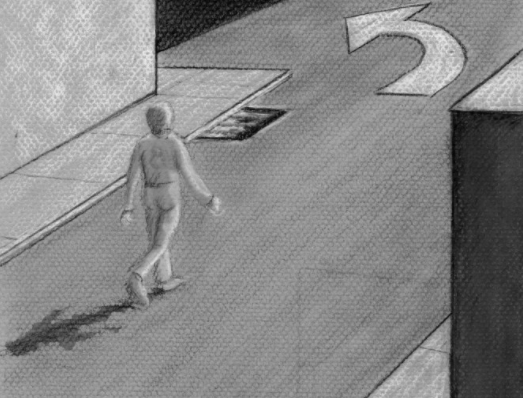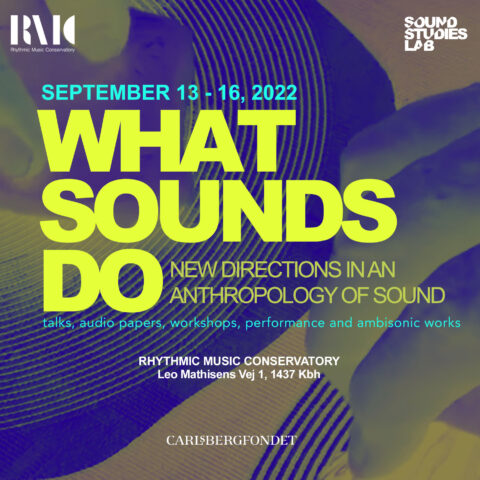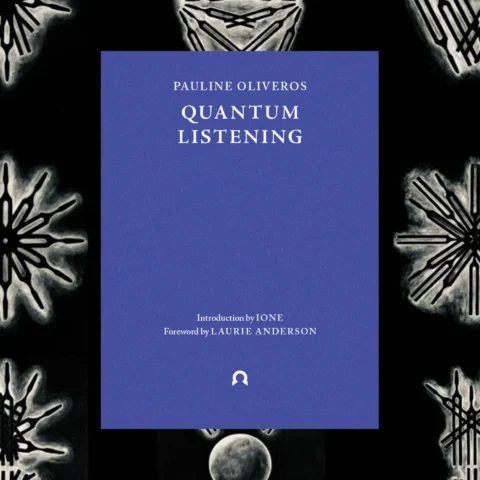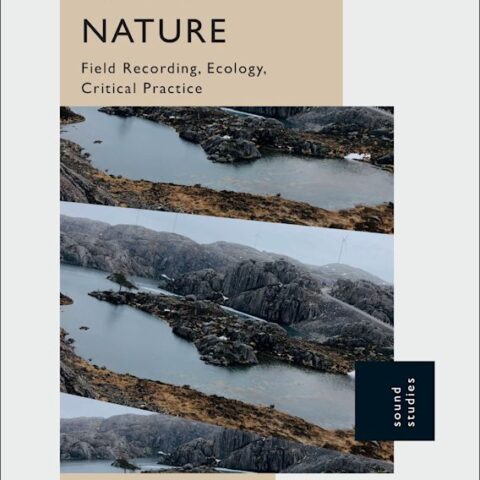Here are four interesting new books on sound you might be interested to explore, in this case mostly covering discussions on sound studies and sonic philosophy. Some of them are already published, others are available for pre-order.
The new titles include a new book by philosopher Casey O’callaghan, well-known for his event-based theory of sound as read on books such as Sounds and Sounds and perception; a new essay collection edited by professor Deborah A. Kapchan who specializes in feminist theory and whose essay on Body at Keywords in sound probably leave you wanting for more; a new book coordinated by Jason Sweeney after his Instructions for Listening, this time crowdsourced with other artists, reflecting on listening, space, stillness and other topics; and a new sonic study by cultural studies professor James G Mansell.
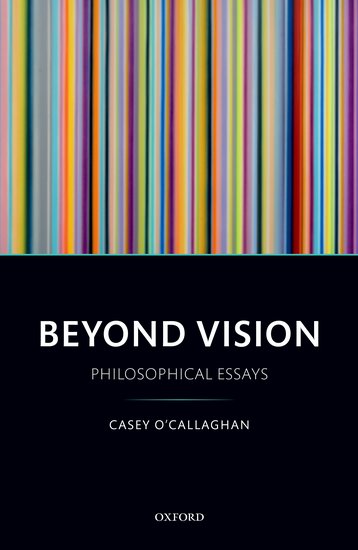
Beyond Vision
by Casey O’callaghan
240 pages | Oxford University Press | Amazon
“Beyond Vision brings together eight essays by Casey O’Callaghan. The works draw theoretical and philosophical lessons about perception, the nature of its objects, and sensory awareness through sustained attention to extra-visual and multisensory forms of perception and perceptual consciousness. O’Callaghan focuses on auditory perception, perception of spoken language, and multisensory perception. The first essays concern the nature of audition’s objects, focusing on sounds, especially drawing attention to the ways in which they contrast with vision’s objects. The middle essays explore forms of auditory perception that could not be explained without understanding audition’s interactions with other senses. This bridges work on sound perception with work on multisensory perception, and it raises multisensory perception as an important topic for understanding perception even in a single modality. The last essays are devoted to multisensory perception and perceptual consciousness. They argue that no complete account of perception overall or of multisensory perceptual consciousness can be developed in modality-specific terms-perceiving amounts to more than just seeing, hearing, touching, tasting, and smelling at the same time. The final essay presents a new framework for understanding what it is to be modality-specific or to be multisensory.”
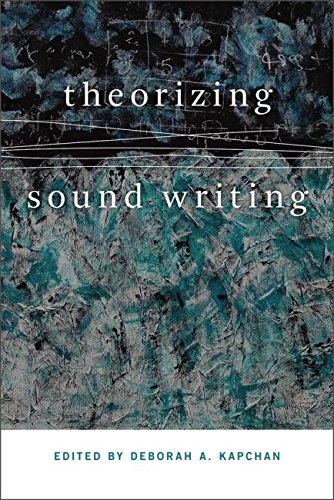
Theorizing Sound Writing
Edited by Deborah A. Kapchan
336 pages | Wesleyan University Press | Amazon
“The study of listening—aurality—and its relation to writing is the subject of this eclectic edited volume. Theorizing Sound Writing explores the relationship between sound, theory, language, and inscription. This volume contains an impressive lineup of scholars from anthropology, ethnomusicology, musicology, performance, and sound studies. The contributors write about sound in their ongoing work, while also making an intervention into the ethics of academic knowledge, one in which listening is the first step not only in translating sound into words but also in compassionate scholarship.”
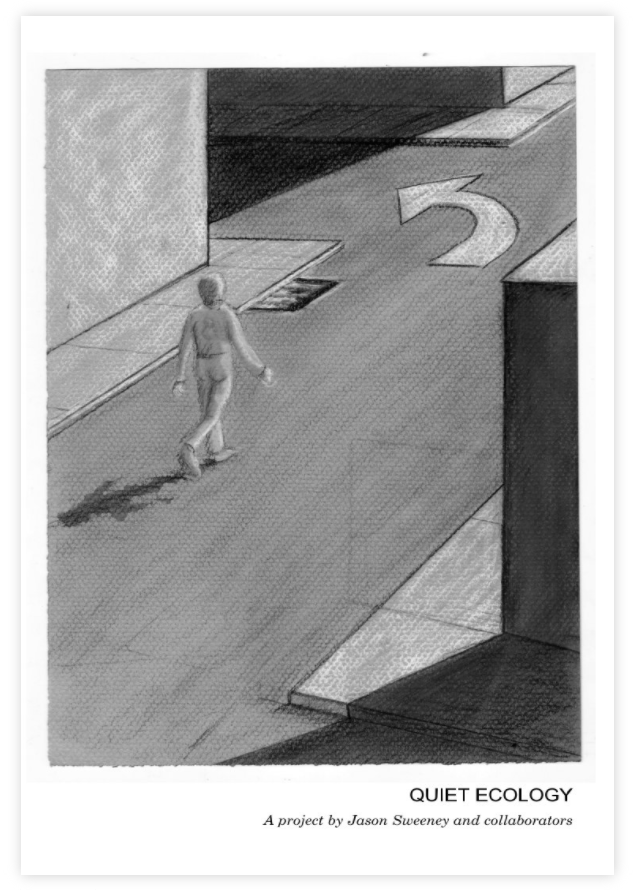
Quiet Ecology
by Jason Sweeney, Julie Vulcan, Leah Barclay, Dale A Wright
60 pages | Blurb
“In 2016 I undertook a ‘quiet odyssey’ across four Australian cities (Adelaide, Perth, Sydney and Melbourne), documenting up to 500 quiet spaces in these built environments. I wanted to find new ways to articulate the need for immersive (and quiet) experiences in listening. This was a continuation of my 2012 project ‘Stereopublic: Crowdsourcing the Quiet’, an app that allowed the public to seek, record and map quiet city spaces. I wanted to encourage a way of being that embraced sonic health and wellbeing. I wanted to archive the sounds of these spaces as an act of quiet preservation. I believe that in the midst of all the noise we are losing our ability to hear and to listen and, as a result, we are walking off balance. We are shutting out the world by plugging in noise-cancelling headphones and putting unnecessary stress on our cochlear hair cells. The world is so loud. Surely this is the time to stop and enjoy the silence?
For this publication I invited a small selection of artists, writers, thinkers and designers to respond, each in their own way, to notions of listening, space, stillness and productivity, light and dark, noise and the sound of the future.”
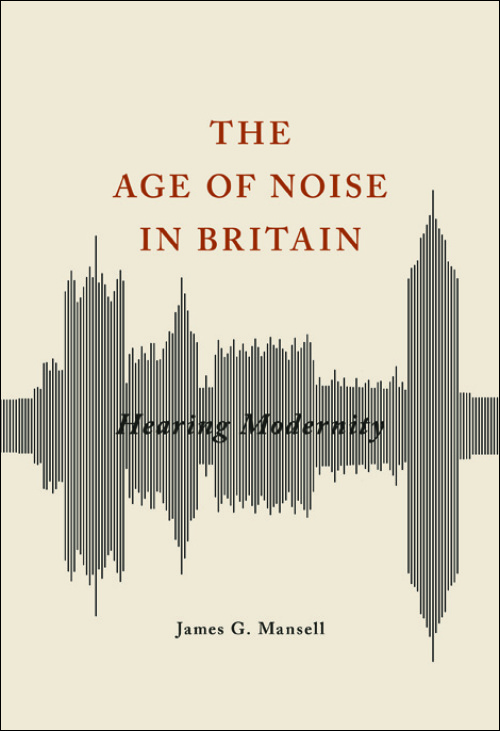
The Age of Noise in Britain: Hearing Modernity
by James G. Mansell
246 pages | University of Illinois Press | Amazon
“Sound transformed British life in the “age of noise” between 1914 and 1945. The sonic maelstrom of mechanized society bred anger and anxiety and even led observers to forecast the end of civilization. The noise was, as James G. Mansell shows, modernity itself, expressed in aural form, with immense implications for the construction of the self.
Tracing the ideas, feelings, and representations prompted by life in early twentieth century Britain, Mansell examines how and why sound shaped the self. He works at the crux of cultural and intellectual history, analyzing the meanings that were attached to different types of sound, who created these typologies and why, and how these meanings connected to debates about modernity. From traffic noise to air raids, everyday sounds elicited new ways of thinking about being modern. Each individual negotiated his or her own subjective meanings through hopes or fears for sound. As Mansell considers the different ways Britons heard their world, he reveals why we must take sound into account in our studies of cultural and social history.”
